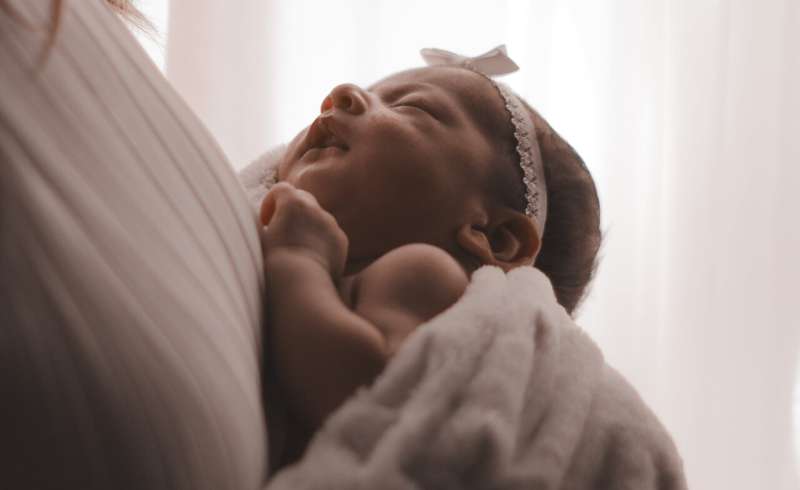This article has been reviewed according to Science X's editorial process and policies. Editors have highlighted the following attributes while ensuring the content's credibility:
fact-checked
peer-reviewed publication
proofread
Maternal vaccination rates increasing steadily in NSW, but coverage inequalities remain

A new population-based study published in the journal Vaccine, has shown that 54% of women who gave birth in NSW in 2020 were found to have received both maternal influenza and pertussis vaccines during pregnancy, up from 18% in 2016.
From 2016 to 2020, the reported coverage of maternal vaccination increased yearly for both vaccines—from 27% to 59% for influenza and from 43% to 79% for pertussis.
While coverage of both maternal influenza and pertussis vaccines has increased over time in NSW, disparities in coverage still exist.
It was found that found younger mothers (aged less than 30 years), those from lower socio-economic status areas and those using the public hospital care model had a lower likelihood of having received maternal influenza and pertussis vaccinations.
Researchers from the National Center for Immunization Research and Surveillance (NCIRS) and UNSW Sydney analyzed pertussis and influenza vaccination status in 477,776 births recorded on the New South Wales Perinatal Data Collection between 2016 and 2020.
Lead author Dr. Nusrat Homaira, from UNSW, said it was reassuring to see such improvements in maternal vaccination coverage and uptake over time.
"Although there are very safe and effective childhood influenza and pertussis vaccines available in Australia, many infections occur in the period before vaccination can be delivered to infants under the National Immunization Program," Dr. Homaira said.
"Vaccinating pregnant women not only protects the mother; antibodies from the mother are also passed to the baby in the womb, which protects the baby in the first months of life until they are old enough to be vaccinated."
Senior author Associate Professor Bette Liu, from NCIRS and UNSW, said further evidence-based interventions were needed to improve maternal vaccine uptake and address the inequities identified in maternal immunization coverage.
"These could include recommendations from a health care provider highlighting the benefits and risks associated with maternal vaccination, systems-based approaches such as standing orders or dedicated immunization services, and continued awareness-raising education of mothers during each antenatal visit," Professor Liu said.
More information: Nusrat Homaira et al, Coverage and predictors of influenza and pertussis vaccination during pregnancy: a whole of population-based study, Vaccine (2023). DOI: 10.1016/j.vaccine.2023.09.008





















